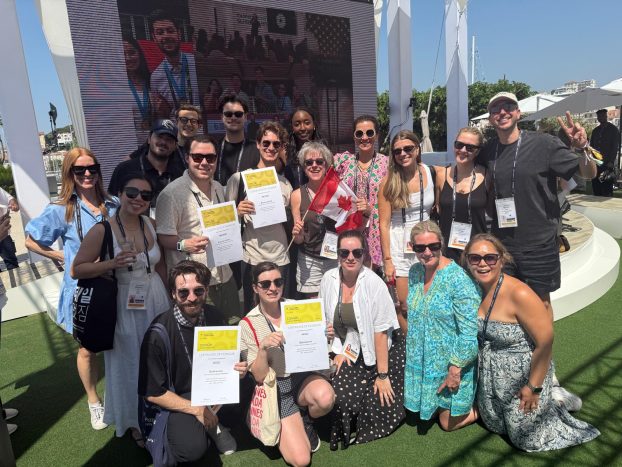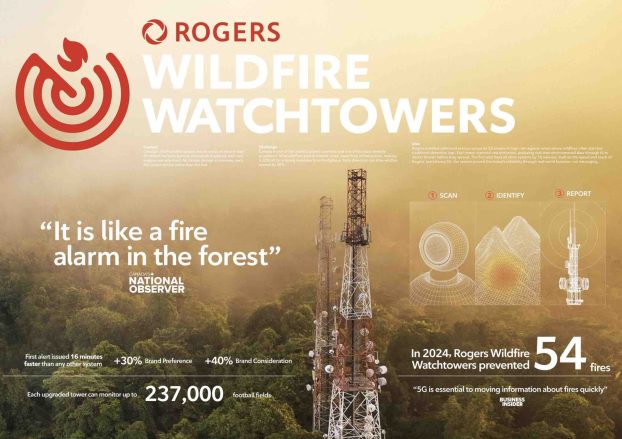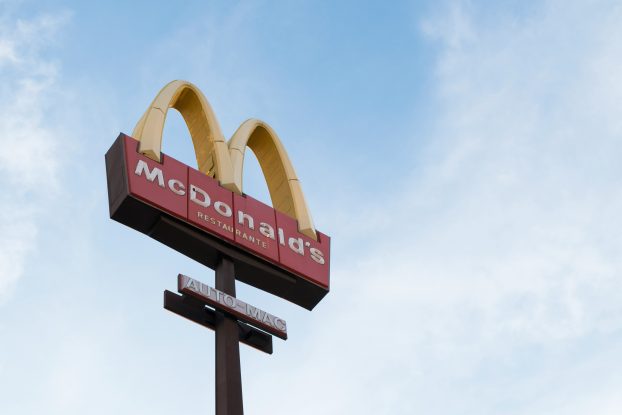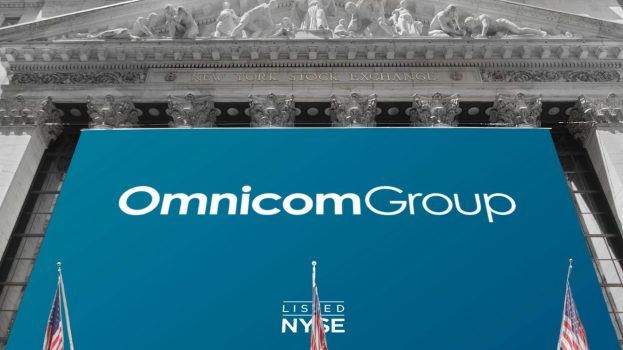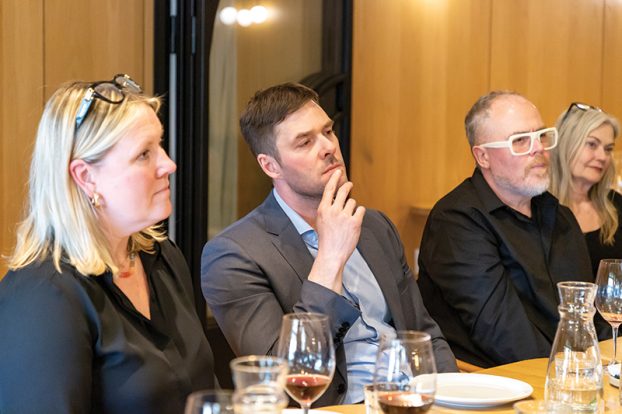Agency/Media Company: MediaVest Worldwide
Client: Philips Electronics
Brand: Quadra/Cool Skin
Team: Michelle E. Jairam, media manager
Timing: October to December 1999
Best Plan for a Budget of More Than $1 Million: Second Runner-up
The Background
Philips is the worldwide brand leader in the electronic shaver category, managing a portfolio of premium-priced products designed to have appeal across the user spectrum. For more than 50 years, the company has been known for its superiority in the areas of technology and design. Equally important, the Philips name has become synonymous with high-profile innovation: People have come to expect news and new products from the company.
For Philips, the two key growth strategies have been: (a) building the category by converting blade shavers to electric, and (b) attracting ‘mature users’ with state-of the-art products.
Historically, the company’s primary target has been gift-givers, reached during the fourth quarter of the year. The core medium has been television. And on a year-to-year basis, sales have consistently met projections.
In this case, the objective was to provide support for two new products – Quadra and Cool Skin. Philips needed to deliver the reach-level norms that have, historically, been important to the company’s success.
Consumer research had prompted the company to define a new target audience, split 70-30 between users and gift-givers. And Philips wanted that audience to see the company and its products through fresh eyes. How to do that?
In preparing to address its newly defined target, Philips gave some consideration to the fact that 95% of all ad spending in this category is in television. And, ultimately, it was agreed that the company would stand a better chance of seeming fresh if it appeared in fresh, new media environs.
The Plan
What made this plan breakthrough? Simple. It delivered a fully dimensionalized campaign and created high levels of reach – and it accomplished all of that without using television.
The need to be seen anew led Philips to media vehicles that it had not previously used to showcase its story: consumer magazines, transit shelters, mall posters, elevator news terminals and mini-posters in bars, restaurant/bars and fitness clubs. Each brought valuable targeting capability to the package. As a result of all this activity, the Philips name was seen to be out there selling hard every day from October to December – a much more extended period than in previous years.
Consumer magazines formed the backdrop to the campaign. They provided Philips with superb reach of the two widely separated target age groups. They also allowed for significant depth of sale – something that research indicated was important to both target groups, and that could not be easily attained using conventional 30-second television spots.
Transit shelters entered the campaign early, and were used mainly to build reach and frequency fast. This they did. In addition, the flexible scheduling of the medium facilitated strong coverage of the major audience segments: Quadra’s upscale prospective users/gift-givers, and Cool Skin’s young mobile target.
Restroom mini-posters in bars, restaurant/bars and fitness clubs provided a non-traditional means of reaching the young Cool Skin prospect. It wasn’t a question of when the 18-34 target would see the Cool skin message, but how often. And the answer, as it turned out, was very, very often.
Elevator news terminals were to Quadra’s older audience what restroom posters were to Cool Skin’s younger candidates. Elevator News Network’s downtown Toronto business district locations enabled Philips to reach an exclusive, influential audience that would not be deterred by the product’s premium price.
Mall posters provided some critical last-minute thrust to the campaign. Executed in the final three weeks of the Christmas drive, the mall poster campaign delivered a full product story to each target – and did so with perfect point-of-purchase timing.
The Results
The first mission of any marketing effort, of course, must be product sales. And on that front, the plan did exceptionally well. Listings were up across the board, and Quadra actually sold out well before the season’s peak. Indeed, the brand set new launch-performance standards, and did so with fewer ad and promo dollars than the company had for its last notable launch, Reflex.
Cool Skin’s performance was equally dynamic. Struggling after a soft launch in 1998, the youth-targeted product was actually slated for possible de-listing. In the words of one senior Philips marketing executive, this campaign ‘saved Cool Skin, full stop.’
Another requirement was that this campaign make Philips stand out from the crowd. From the many unsolicited comments received from industry, trade and consumers, it is clear that Philips succeeded in achieving omnipresence during an important and message-cluttered time of year. Indeed, many wondered whether the company had significantly increased its spending levels.
While the sales and reach figures were of unquestionable significance, this campaign had another, equally important benefit: it provided marketers at Philips with a new media paradigm – one that will undoubtedly set the tone for efforts in 2000.
Also in this report:
* Bates takes the cake p.BMP2
* MaxAir fires on all cylinders: Multi-tiered plan for high-menthol gum was imbued with irreverence p.BMP3
* Dentyne Ice kisses up to teens with party promo: Initiative was designed to drive both brand awareness and sales p.BMP4
* Kool-Aid placement reflected fun, refreshment p.BMP6
* Aussie creates ‘in your face’ presence: Repositions brand as funky, outrageous p.BMP8
* Guerrilla tactics get Panasonic noticed: Campaign used underground channels to reach club crowd p.BMP10
* Much VJ follows his Natural Instincts on air p.BMP12
* Chapters stands out in dot-com crowd: Multimedia approach helped retailer create perception of market and category dominance p.BMP15
* Campbell’s cooks up targeted advertorial: Partners with CTV, magazines to create a presence beyond traditional ad buy p.BMP16
* Jays plan hits home run p.BMP21
* Minute Maid aims for morning ownership p.BMP24
* Western Union a global Villager p.BMP28
* Scotiabank breaks out of the mold p.BMP32
* Clearnet clusters creative: Complementary boards were positioned in proximity to one another to maximize visibility, engage consumer p.BMP38
* The Judges p.BMP43




